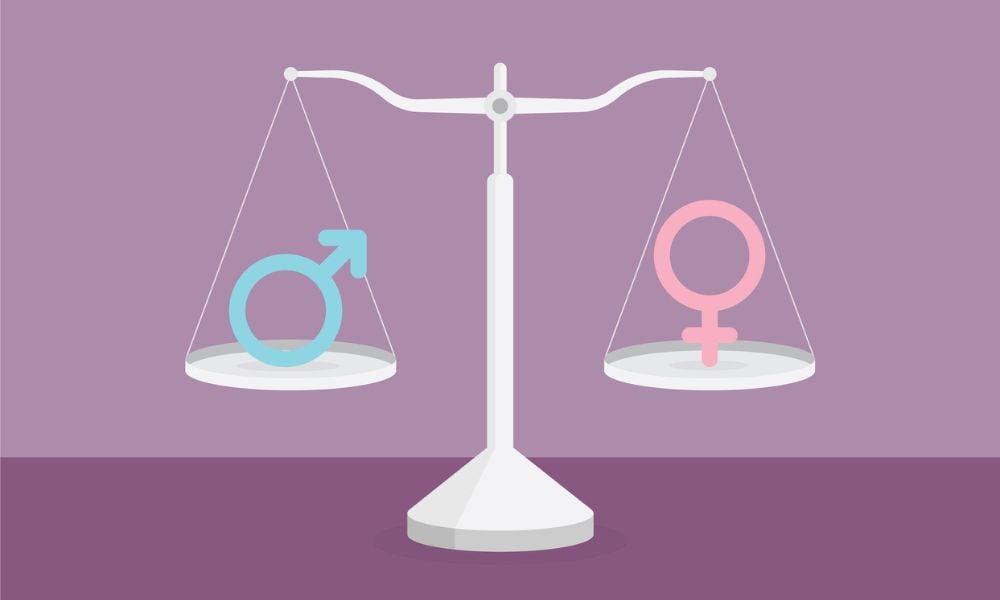
Greater flexibility, blind hiring among strategies to boost number of female workers

Occupational gender segregation – where a job is done by either mostly male or female workers – remains at a high level in Australia.
Australia must take action to address worsening gender segregation in critical industries such as construction, technology, health and education, according to the Committee for Economic Development of Australia (CEDA), which recently made a submission to the Federal Government’s Employment White Paper.
A vast majority of women who have taken time off to raise children don’t find the opportunities to return to either full-time or part-time employment with meaningful roles or the required flexibility to both work and be a parent.
“Enabling women to combine successful careers with caring responsibilities is key,” Andrew Barker, CEDA senior economist, said. “Australian Treasury analysis shows that over their first five years of parenting, women’s earnings are reduced by 55% on average, while men’s earnings are unaffected.”
Mothers do the bulk of childcare and women are two-and-a-half times more likely than men to work part-time, he said, while the share of women working part-time is the fourth highest in the OECD.
“Family-friendly policies include more gender-equal parental leave, enabling access to childcare and formalising access to flexible work arrangements.”
The Australian government is introducing new legislation that will publish data on employers' gender pay gaps to boost transparency and gender equality in the workplace.
But even with rising interest rates and a slowdown in the economy in Australia, many employees, especially women, want that freedom to do the necessary work and be a parent too.
“One key aspect is having the flexibility to combine caring responsibility with a successful career,” Barker said, citing surveys by LinkedIn that show flexible work arrangements have become the highest priority for Australian jobseekers, with two-thirds of Australian women desiring more flexibility in their work.
“Businesses should act to formalise access to flexible-work arrangements, including for men: historically, men have been more likely to be refused and punished when they request flexible working. International evidence shows that increased workplace flexibility, in particular flexibility around the time of work, reduces motherhood wage penalties.”
Long hours exclude women from the top ranks in high-paying occupations such as lawyers, accountants and consultants, he said.
“Excessive hours harm men too. They express even greater dissatisfaction with their work-life balance in these roles.”
Australia's national gender pay gap is estimated at $996 million per week, according to a new report, with discrimination being a key driver to this.
Surveys of past CEDA members have found that more than half of female respondents had experienced discrimination based on gender, while more than 90 per cent of respondents said they believed barriers to women’s equality in the workplace exist.
Workplace Gender Equality Agency figures revealed that in 2018, 12% of construction workers were women, down from 14% in 1998. The proportion of female workers in healthcare and social assistance rose to 79% in 2018, up from 77% in 1998.
Even in female-dominated industries, men still disproportionally hold more leadership positions.
“Employers should tackle gender discrimination in hiring and promotion by adopting blind hiring, standardising interviews and setting targets in heavily gendered occupations,” Barker said. “More generally, there should be greater transparency in reporting on gender balance in sectors dominated by one gender.”
Culture comes from the top, he said, “and the 30 per cent target for women on company boards in the ASX Corporate Government Council Principles has been effective at increasing women’s representation on boards.”
As culture shifts happen and employers negotiate with employees over work schedules, women will continue to fight for parity and clarity with workplace rules and conventions.
“Flexible work — both from home/office and also hours — is needed,” Michelle Maynard, accounting and tax partner at Carbon Group, said. “The era of demanding employees work 38 hours in an office is over.
“Some of the most productive people I have ever seen are women working 9am to 2pm so they can do the school run. We need to focus on quality of work, not quantity of hours. So allowing our staff to work from home when needed, having two part-time staff cover a full-time role — employers and employees benefit.”
We need to move on from the models of years past when employees were assessed on the amount of time they spend at their desks, she said.
“[It’s about] quality of work, not quantity of time. It also helps to not schedule early morning or after work items as compulsory — not everyone can attend those and it creates unnecessary angst and pressure.”
By valuing part-time work, allowing flexibility and understanding that our employees are people too — with lives outside of work, said Maynard, “you create a team of people who feel appreciated and open your organisation to high-level, quality people that you would have overlooked if you demanded full-time, always-in-the-office staff.”